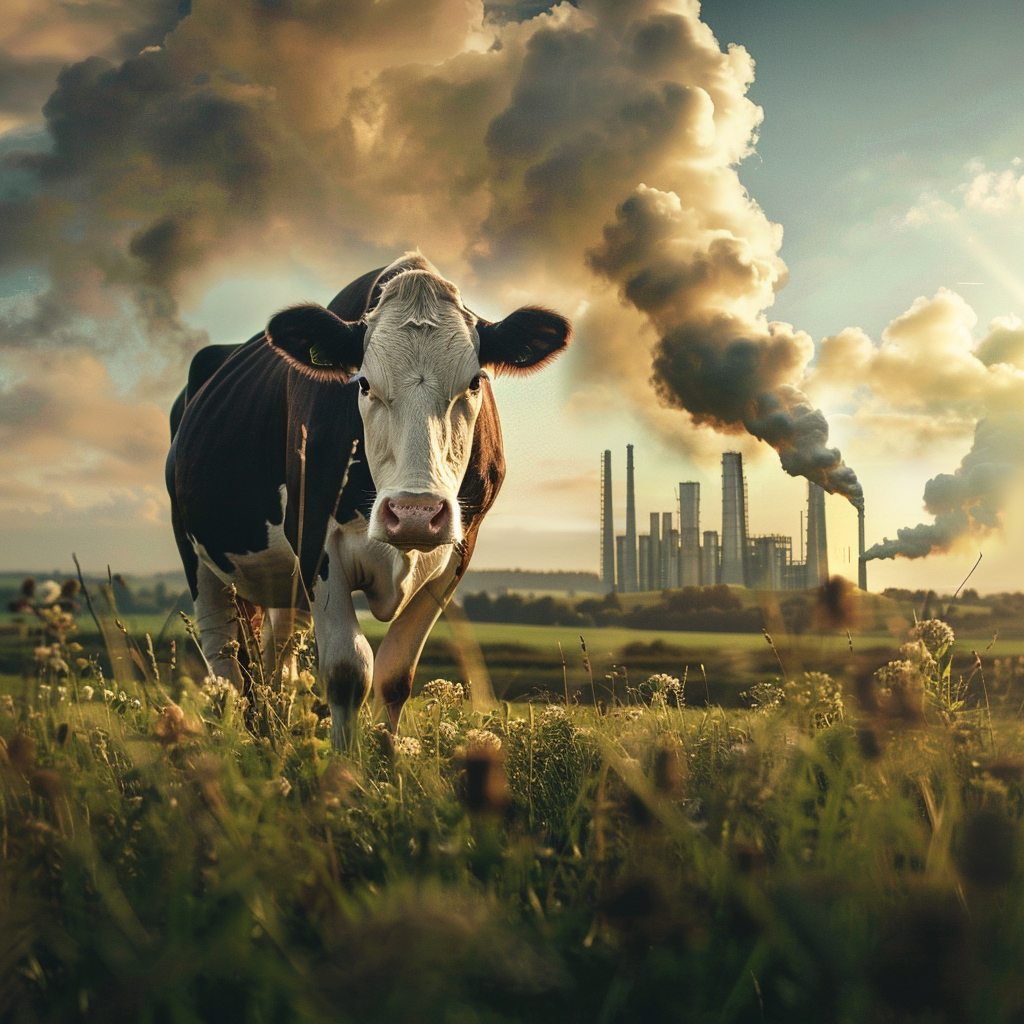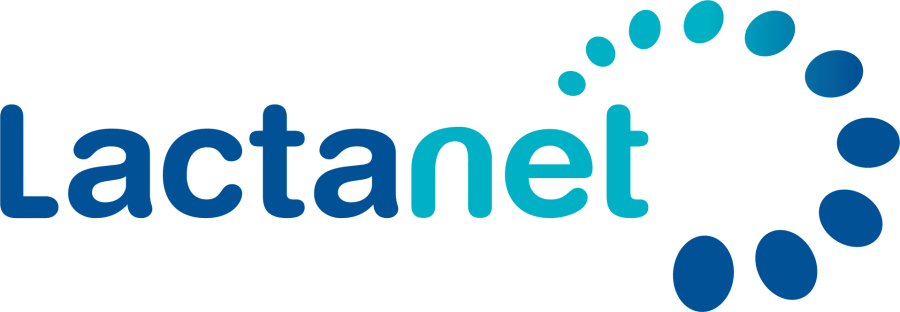Discover how Lactanet’s updated Lifetime Performance Index will enhance dairy cow genetics by focusing on greenhouse gas reduction and milkability. Ready for the change?

The Lifetime Performance Index (LPI) is a pivotal tool in the Canadian dairy industry, aiding producers in breeding top-quality cows. It evaluates various traits like production, health, and fertility to help farmers enhance their herds. As Lactanet gears up to update the LPI early next year, the changes will refine trait weightings, add new subindexes, and introduce a sustainability element. This aims to improve focus on reducing greenhouse gas emissions and enhancing milkability, providing a more comprehensive tool for breeders while maintaining its trusted reliability.
As Brian Van Doormaal, Chief Services Officer at Lactanet, points out, “The expected response is relatively high when you breed for these traits.” His expertise in the field adds credibility to the information, keeping the reader engaged.
Navigating Genetic Selection: Leveraging the LPI to Cultivate Optimal Dairy Herds
The Lifetime Performance Index (LPI) is a critical tool for dairy producers, enabling precise and foresighted breeding of high-quality cows. Integrating traits like production, health, fertility, and longevity, the LPI provides a comprehensive genetic potential assessment. This holistic approach aids in identifying top performers and making informed breeding decisions tailored to producers’ specific goals, reinforcing the importance of the LPI in the dairy industry.
One of the LPI’s key strengths is its ability to evaluate traits directly impacting milk production and cow health. Producers can select cows excelling in these areas by analyzing milk yield, fat content, and protein levels, enhancing overall herd productivity. Simultaneously, health and fertility traits are meticulously evaluated, enabling the breeding of robust, resilient cows capable of maintaining peak performance.
Moreover, the LPI’s detailed sub-indexes for specific traits, such as reproduction and health & welfare, allow producers to focus on particular areas of interest. Whether improving calving ability, reducing disease incidence, or enhancing milking speed and temperament, the LPI provides targeted insights for meaningful genetic improvements. The LPI is a strategic guide that helps dairy producers navigate genetic selection complexities to achieve a balanced and optimized herd.
Modernizing the Framework: Enhancing the LPI for Contemporary Dairy Farming
The proposed changes to the Lifetime Performance Index (LPI) involve significant updates aimed at modernizing its framework to better reflect current priorities in dairy farming. The Health and Fertility group will be divided into two distinct subgroups: Reproduction, which now includes calving and daughter calving abilities, and Health and Welfare. A new Milkability subgroup will incorporate traits such as milking speed and temperament, which were not previously part of the LPI.
Another significant update is the inclusion of the Environmental Impact subindex, which initially focused on Holsteins due to available data. This subindex evaluates feed and methane efficiency, addressing the need to reduce greenhouse gas emissions. This change highlights Lactanet’s commitment to sustainability by considering how traits like body maintenance, which correlates with a cow’s stature and environmental footprint, impact feed energy usage.
These enhancements refine how breeders can utilize the LPI, offering precise tools for selecting traits that align with production, health, sustainability, and overall herd improvement. Despite these adjustments, the new LPI is expected to closely resemble its predecessor, retaining a 98% correlation with the current index.
Subtle Shifts, Significant Impact: Van Doormaal on the Continuity and Enhanced Precision of the Modernized LPI
Brian Van Doormaal, Chief Services Officer for Lactanet, emphasizes the subtle changes in the modernized LPI and their alignment with producers’ objectives. “It’s not the relative weighting that determines how much of an impact breeding for these traits could have,” Van Doormaal explained during the Open Industry Session webinar. “It’s your expected response when you breed for these traits. And in these cases, the expected response is relatively high.”
Van Doormaal underscores that the modifications will not compromise producers’ ability to concentrate on specific traits. He asserts, “When all the numbers are crunched, and the newly introduced traits are brought into the index, the list of top-rated bulls in the categories will remain largely unchanged today.”
He reassures that the anticipated consistency in top performers reflects the robustness of the current system. “What I believe we’ll be looking at next April is an LPI that will be 98 percent correlated with today’s LPI,” he noted. This continuity alleviates concerns among breeders about potential disruptions or strategic shifts.
Moreover, Van Doormaal points to the high expected response rates from breeding for the newly emphasized traits. This outcome is rooted in rigorous data analysis and the integration of new genetic discoveries, enhancing the predictability and efficiency of the breeding process. Thus, while the LPI evolves to include modern considerations, its core principles and effectiveness as a breeding tool remain steadfast.
Collaborative Consultations: Tailoring the LPI to Breed-Specific Genetic Goals
The consultation process between Lactanet and breed-specific organizations has been extensive and collaborative. Since Brian Van Doormaal’s initial proposal in October 2023, Lactanet engaged with Holstein, Ayrshire, Jersey, and Guernsey representatives to refine the modernized Lifetime Performance Index (LPI). Significant discussions focused on fat versus protein weightings, which vary by breed. For example, Holsteins may prioritize protein due to market demands, while other breeds may emphasize fat based on their production systems or consumer preferences. These consultations highlighted the diverse breed-specific goals within the LPI framework. Additionally, Holsteins addressed reproductive health issues like cystic ovaries, whereas Jerseys focused on balancing durability and production. This collaborative dialogue has been crucial in tailoring the LPI to meet the unique genetic goals of each breed.
Refined Genetic Insights: Expanding to Six Sub-Groups for Comprehensive Dairy Cow Evaluation
The new index will expand from four to six sub-groups of genetic traits, providing a more nuanced evaluation of dairy cow genetics. The existing Health and Fertility category will now be split into Reproduction and Health and Welfare sub-groups. This change includes specific traits like calving and daughter calving ability, offering a more detailed picture of reproductive performance.
Introducing the Milkability subgroup will also incorporate milking speed and temperament, which were previously not part of the LPI. By focusing on these practical traits, the modernized LPI aims to provide producers with more comprehensive and actionable genetic information.
Green Genes: Embedding Environmental Impact into Holistic Dairy Cow Selection
The Environmental Impact subindex marks a pivotal moment in genetic selection, highlighting the need for sustainable dairy farming. This subindex, initially for Holsteins, focuses on feed and methane efficiency to reduce the environmental footprint. Extensive data from Holsteins allows for a robust assessment of these traits. This subindex includes body maintenance, linking a cow’s size with its energy use. More giant cows need more energy for maintenance, affecting milk production. Integrating body maintenance ensures a holistic approach, combining efficiency in milk production with environmental responsibility.
Streamlined Insights: The Refined and Accessible LPI for Informed Breeding Decisions
Modernizing the Lifetime Performance Index (LPI) aims to refine metrics and enhance communication with dairy producers. The updated LPI offers a clearer understanding of a cow’s performance by reconfiguring existing genetic traits into six sub-groups. These subindexes – including Reproduction, Health and Welfare, Milkability, and Environmental Impact – provide specialized insights to guide targeted breeding strategies. For example, breeders looking to enhance milking speed and cow temperament can focus on the Milkability subgroup. Similarly, those interested in sustainability can reference the Environmental Impact subindex for feed and methane efficiency metrics. This structure allows each component to serve as a detailed genetic evaluation tool, aligning with specific breeding goals and operational realities.
Anticipated Outcomes: A Nuanced Yet Stable Transition for Dairy Producers
The revamped Lifetime Performance Index (LPI) promises a smooth transition for dairy producers. Integrating new traits like milk ability and environmental impact with existing core attributes, the modernized LPI offers a comprehensive cow evaluation. Van Doormaal highlights a 98 percent correlation with the current LPI, ensuring minimal changes in top-rated bulls and maintaining confidence in breeding decisions.
Precision in Breeding: Leveraging Relative Breeding Values for Clear Genetic Insights
Each sub-index evaluation will be presented as a “relative breeding value” (RBV), clearly measuring a bull’s genetic potential. The breed average is 500 with a standard deviation of ±100, standardizing trait evaluations for more straightforward interpretation. For instance, Lactanet’s analysis of Canadian Holstein bulls showed that 38.7% had RBVs between 450 and 550, 24% ranged from 350 to 450, and 25% fell between 550 and 650. This RBV system simplifies genetic evaluations and empowers breeders with breed-specific insights.
The Bottom Line
The modernized LPI represents a strategic evolution in dairy cow genetic evaluation, balancing productivity with enhanced health, welfare, and environmental sustainability. The revised LPI offers a more comprehensive tool for breeders by adding traits like calving ability and ecological impact. Consultations have ensured breed-specific needs, such as addressing cystic ovaries in Holsteins, are considered. Introducing relative breeding values makes the LPI user-friendly and effective for informed decisions. This new framework supports continuous herd improvement and aligns with the industry’s goal of reducing greenhouse gas emissions. As Brian Van Doormaal noted, while rankings may remain unchanged, the updated index promises greater precision and relevance, marking a step forward for the Canadian dairy industry.
Key Takeaways:
- Emphasis on reducing greenhouse gas emissions with a new Environmental Impact subindex, including feed efficiency and methane efficiency, available initially for Holsteins due to data availability.
- Division of the Health and Fertility group into separate Reproduction and Health and Welfare sub-groups, adding traits like calving ability and daughter calving ability.
- Introduction of the Milkability subgroup to encompass milking speed and temperament traits, enhancing cow manageability in dairy operations.
- Body Maintenance is included in the Environmental Impact subindex to factor in the environmental cost of maintaining a cow’s condition relative to its milk production capacity.
- The modernized LPI aims to remain highly correlated with the current index, ensuring continuity while incorporating new traits.
- Lactanet’s consultations with breed-specific organizations ensure the updated LPI will account for the unique genetic goals and concerns of different dairy breeds.
- The updated LPI framework will streamline use, presenting evaluations as relative breeding values based on a standardized breed average, facilitating easier decision-making for breeders.
Summary:
The proposed modernization of the Lifetime Performance Index (LPI) by Lactanet aims to refine genetic selection for Canadian dairy cows by introducing new sub-groups and traits, emphasizing sustainability through reduced greenhouse gas emissions and enhanced milkability, and maintaining breed-specific goals. Brian Van Doormaal assures that these changes will not impede the core utility of the LPI for breeding high-quality cows, with the expected outcome being a closely correlated index to today’s LPI. Detailed consultations and analyses reveal that while nuanced adjustments will provide more precise breeding values, the top genetic performers will largely remain consistent.












